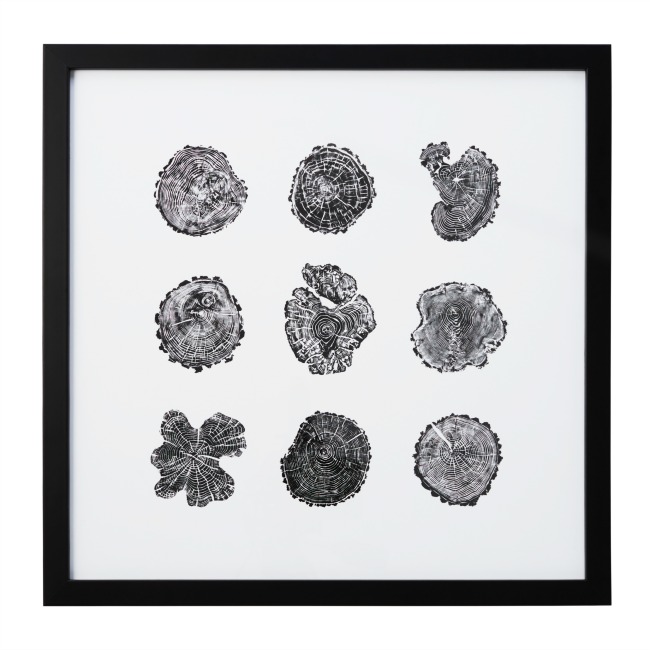 Outside of fantasy novels, trees don’t speak or move under their own power. But despite their apparent silence, they do communicate. Researchers have found that trees in North American forests exchange information via a natural network of mycorrhizal connections—a symbiotic system of roots and fungus. Using this organic internet, mature “mother” trees can keep track of their nearby offspring and give them more room and resources. Even trees of different species have been observed using the mycorrhizal network to share sugars if the recipient tree can’t photosynthesize enough nutrients. And a tree can warn others in its network when it’s under attack from pests, giving the unaffected trees more time to produce defensive enzymes. I guess the Motown hit was called “I Heard it Through the Grapevine” because “I Heard it Through the Symbiotic Underground Mycorrhizal Network” just didn’t have the same ring to it.
Outside of fantasy novels, trees don’t speak or move under their own power. But despite their apparent silence, they do communicate. Researchers have found that trees in North American forests exchange information via a natural network of mycorrhizal connections—a symbiotic system of roots and fungus. Using this organic internet, mature “mother” trees can keep track of their nearby offspring and give them more room and resources. Even trees of different species have been observed using the mycorrhizal network to share sugars if the recipient tree can’t photosynthesize enough nutrients. And a tree can warn others in its network when it’s under attack from pests, giving the unaffected trees more time to produce defensive enzymes. I guess the Motown hit was called “I Heard it Through the Grapevine” because “I Heard it Through the Symbiotic Underground Mycorrhizal Network” just didn’t have the same ring to it.
Grove Tree Ring Print | $40-100

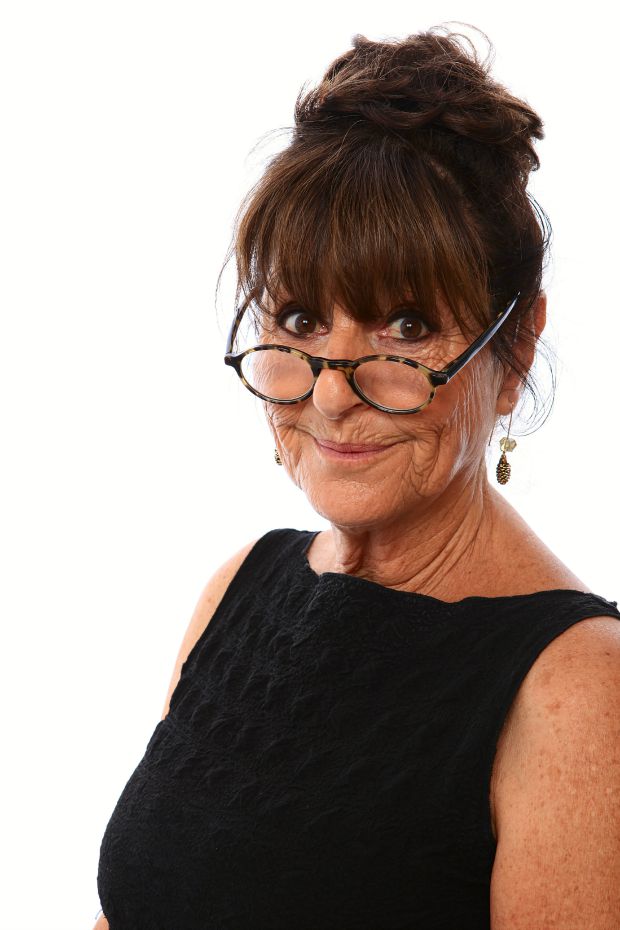
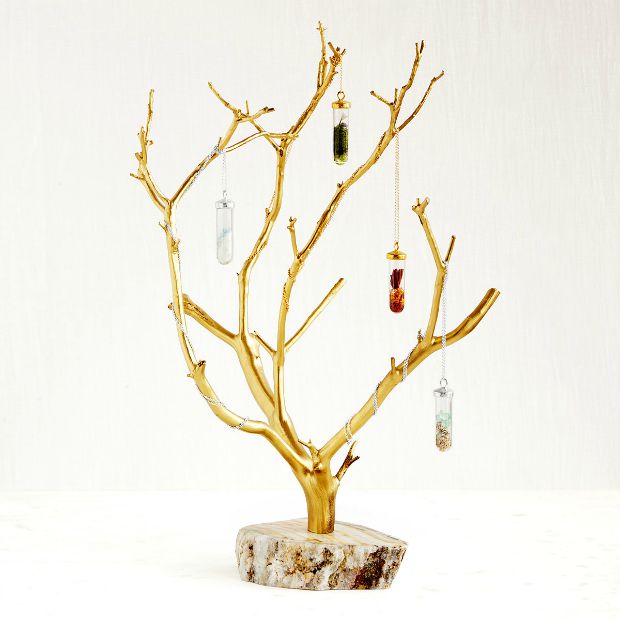
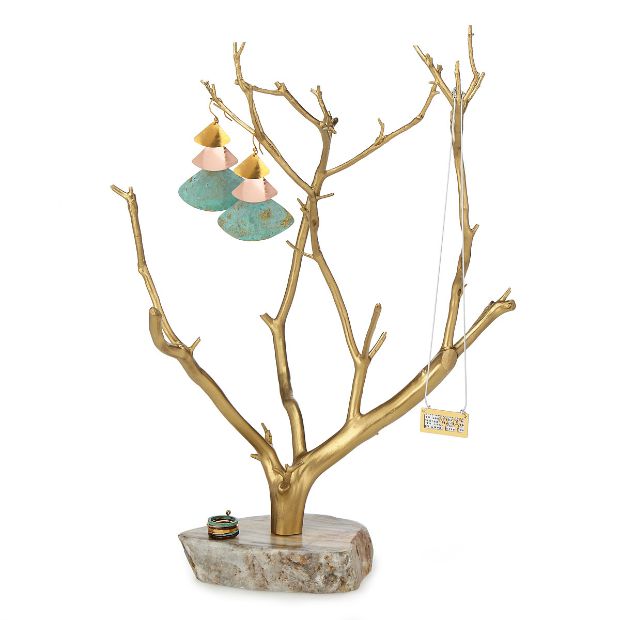
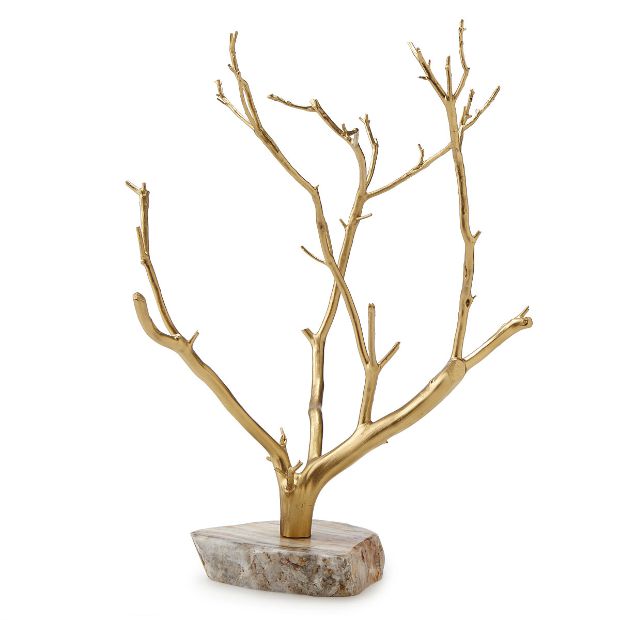

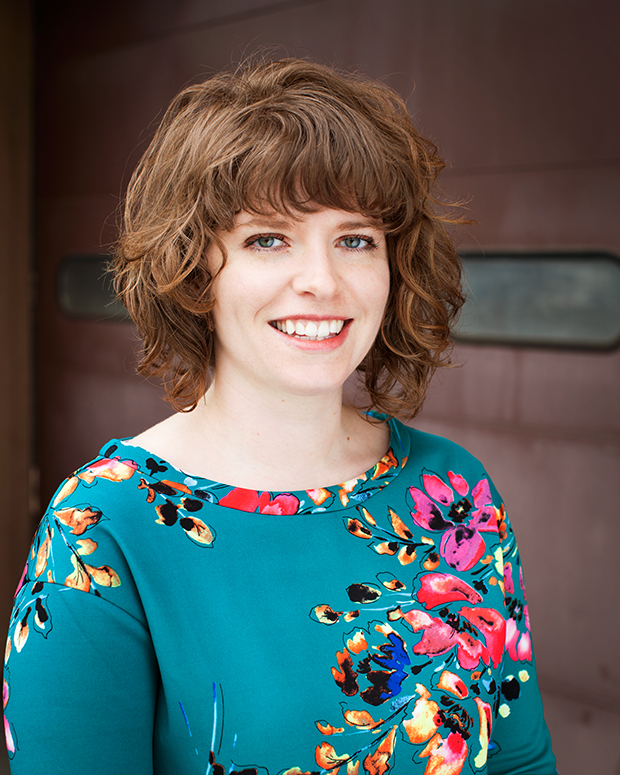
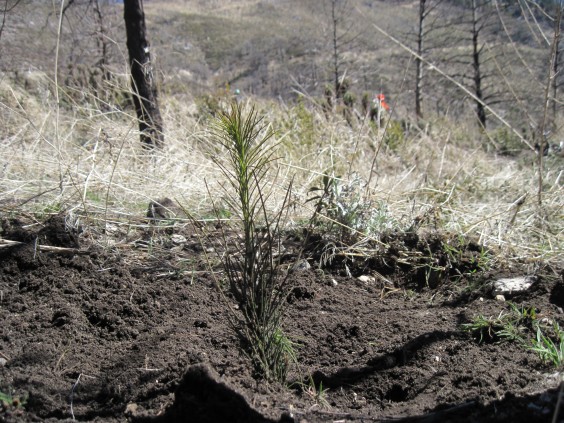
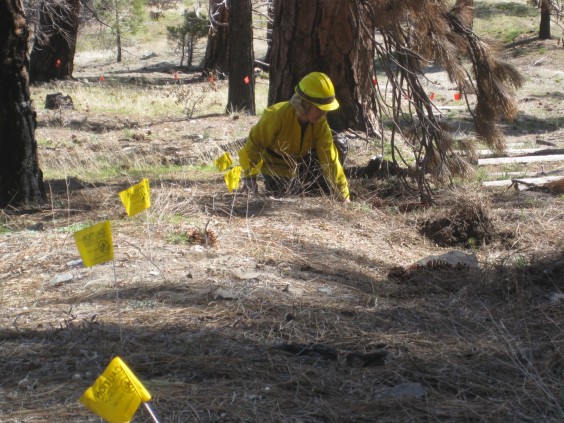
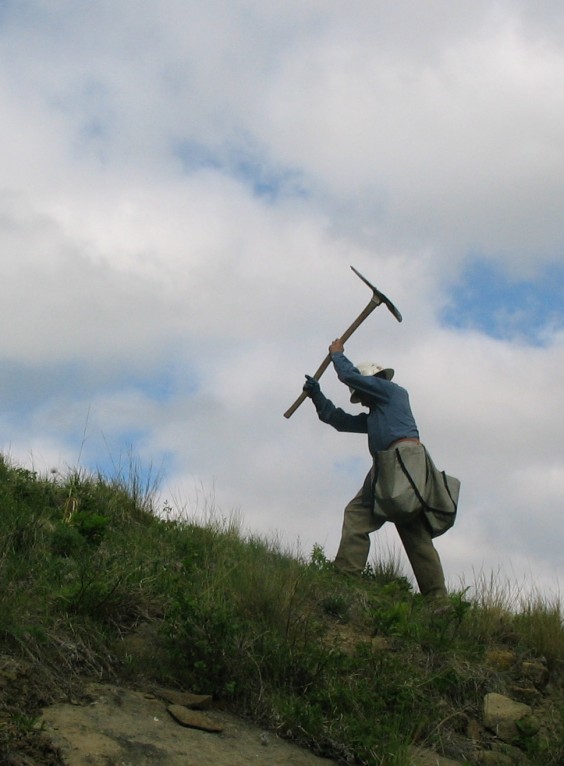
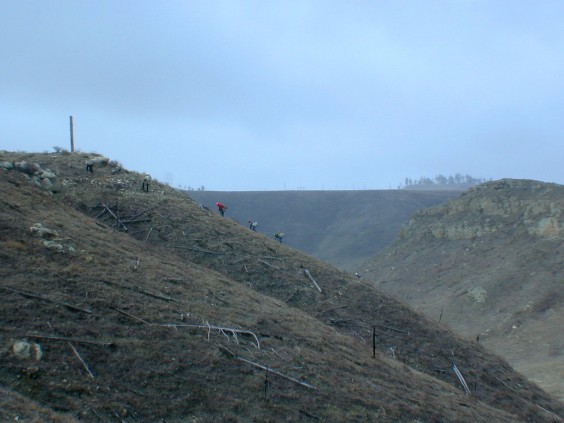
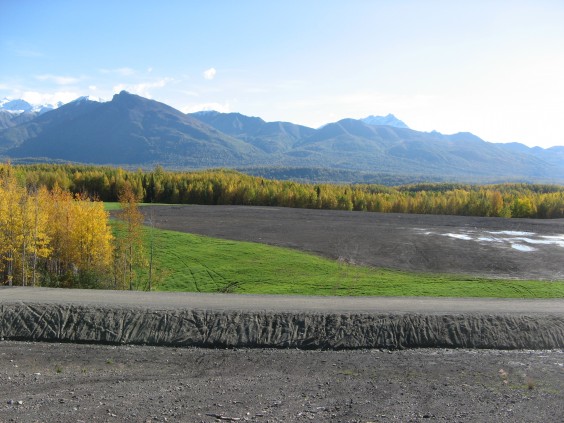
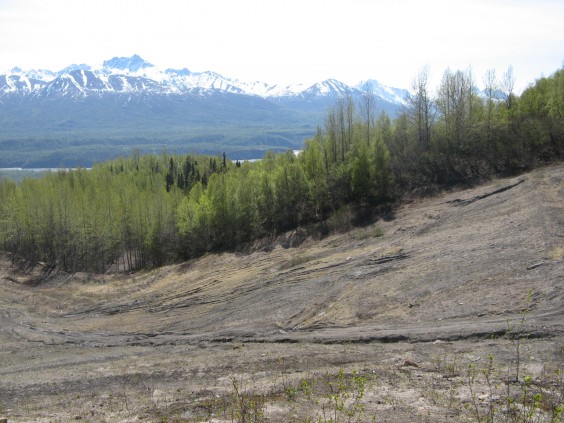
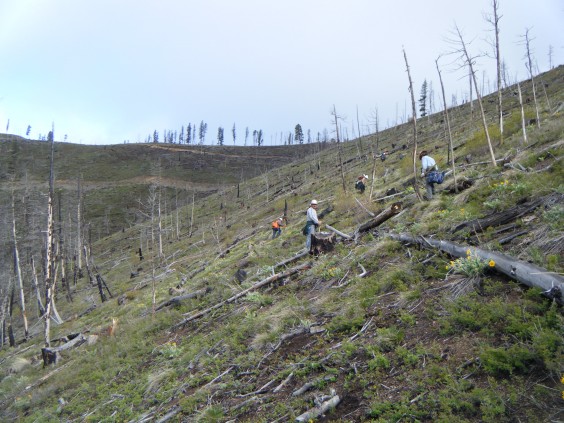
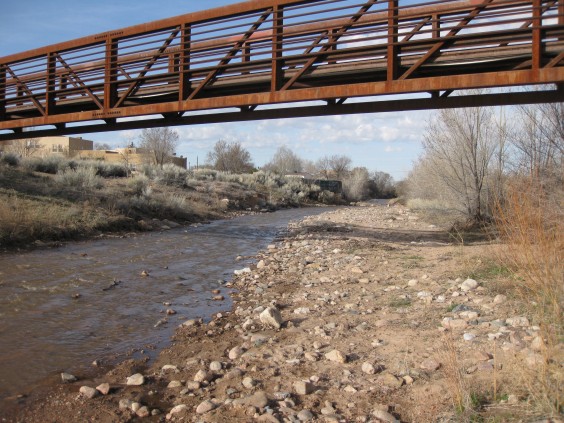

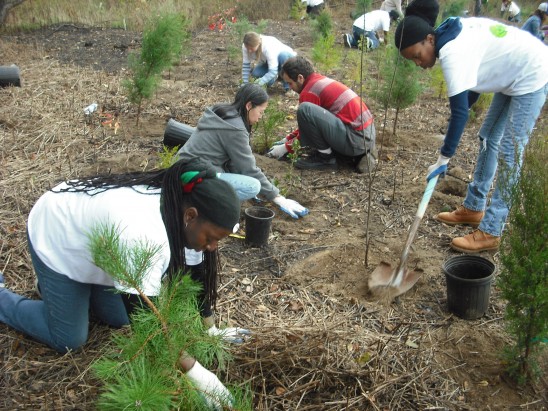

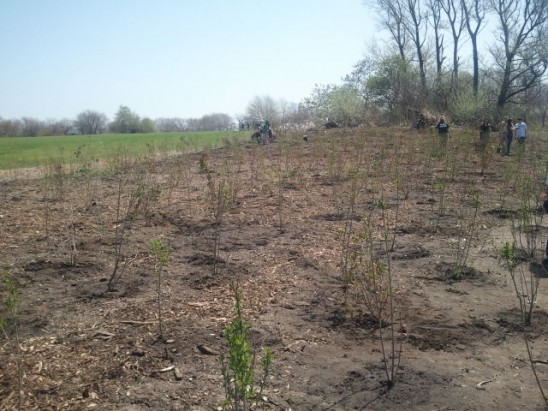 Our baby trees. (Aren’t they precious?)
Our baby trees. (Aren’t they precious?)
